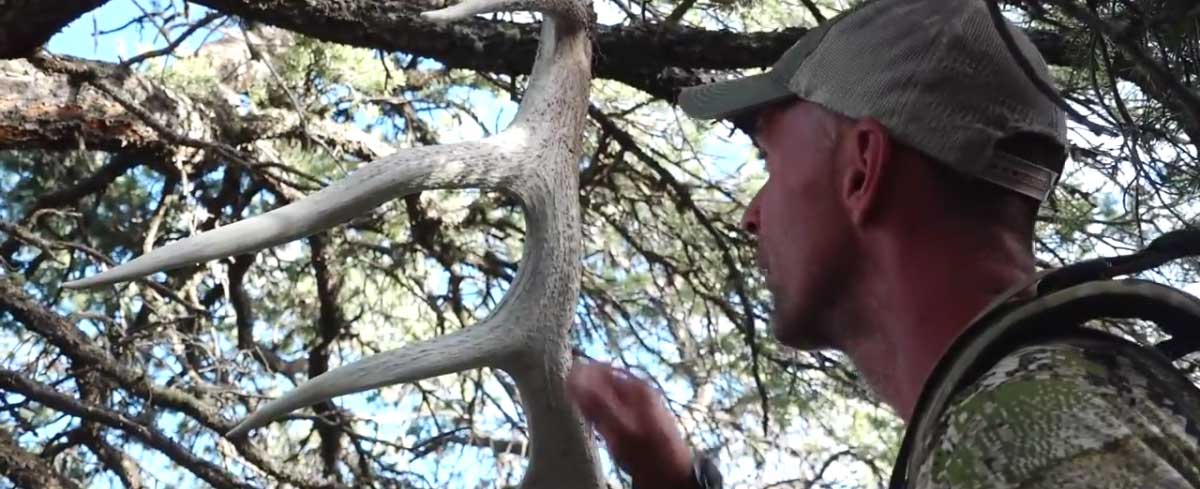If you’re a shed hunter, you must not only outwit your human competition, but your furry counterparts as well. When elk shed their antlers in late winter, forest creatures large and small race to freshly dropped antlers in search of valuable minerals. Rodents like mice, squirrels and porcupines are the most common culprits, but biologists have observed wolves, coyotes and even bears chewing on sheds.
Antlers turn out to be a sort of multivitamin, providing mainly calcium, which accounts for about 20 percent of an antler’s make-up. But a University of Georgia study identified 11 different minerals in antlers, including phosphorous at 10 percent, magnesium at 1 percent and smaller amounts of sodium, potassium, barium, iron, aluminum, zinc, strontium and manganese.
Antlers also provide a moveable feast while still attached. Elk and other deer species sometimes ingest parasites that, after incubating in the intestinal tract, can make their way through the bloodstream to growing antlers still in velvet. Nestled beneath the live tissue, these larvae mature, sometime causing dimples and lumps in the bone surface. They then bore outward and fly off, leaving holes in the hardened antlers.
Elk NetworkWhat eats elk antlers and why?
General | February 19, 2018

Latest Content
Coming Full Circle in the Show Me State
Passion and perseverance go a long way. Just ask Rocky Mountain Elk Foundation volunteers from the state of Missouri. They know it because they live [...]
Answer the Call – Honoring Volunteers
Below is a reprint from the July-August 2024 issue of Bugle magazine. Merriam-Webster defines ‘volunteer’ as a person who willingly undertakes or expresses an enthusiasm [...]
Texas Volunteers Help Ensure the Future of Hunting
Texas Volunteers Help Ensure the Future of Hunting Texans are known for their bold spirit. That enthusiasm carries over for Rocky Mountain Elk Foundation volunteers [...]